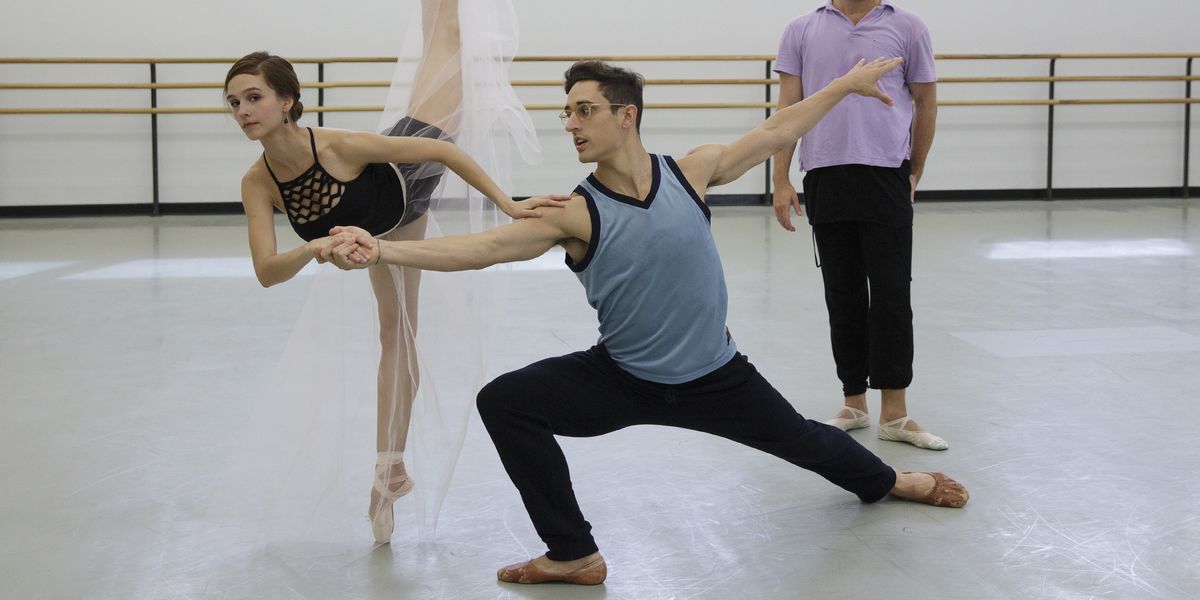Big, Bad Habits
Part of dance’s beauty is that its perfection is elusive. At the same time, this can be one of the most frustrating things about the form. Whether you’ve been cursed with tight muscles or have picked up a distracting habit, fixing your technical hang-ups can feel like a never-ending battle. But the truth is, all professional dancers, even those with seemingly effortless technique, have their share of struggles.
The Experts

Suzi Taylor: Master teacher at Steps on Broadway and New York City Dance Alliance. Photo Courtesy Taylor.

Annette Karim: Director of dance medicine at Evergreen Physical Therapy Specialists in Pasadena, California. Photo by Evergreen PT Specialists, Courtesy Karim.
Stiff, Wobbly Ankles
Lauren Lovette
New York City Ballet
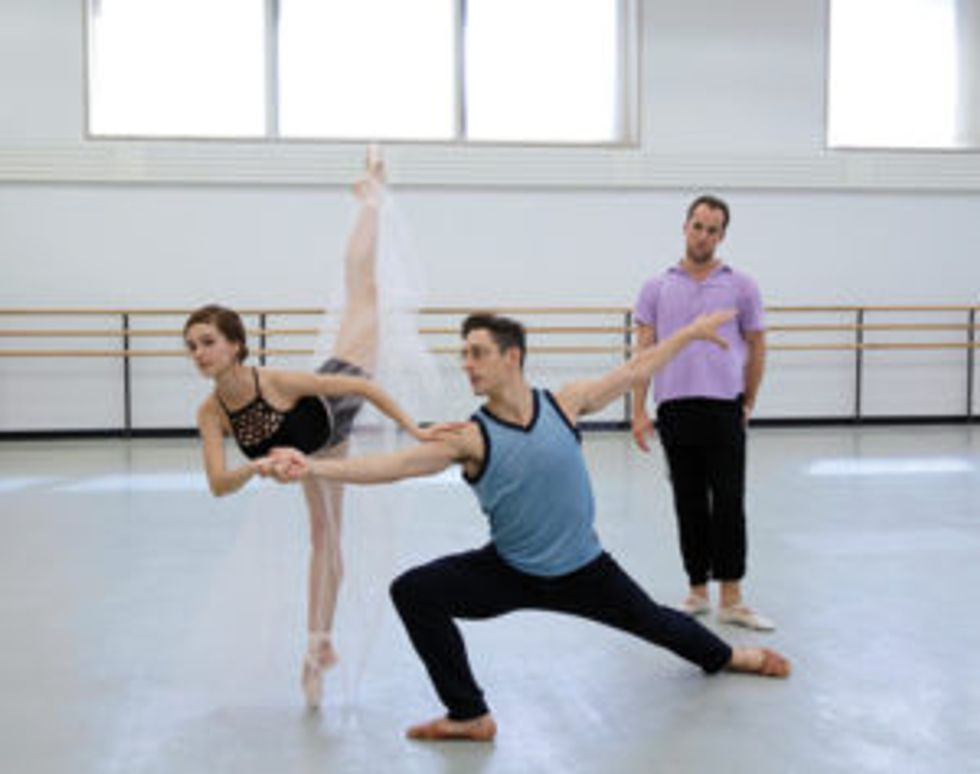
Lauren Lovette in rehearsal with Justin Peck and Jared Angle. Photo by Paul Kolnik, Courtesy NYCB.
Lauren Lovette’s ankles have flexibility and strength in all the wrong places: They’re loose side to side, making it easy to pronate, but too stiff to achieve a deep plié. It was a problem that plagued her throughout her student years, until, at the suggestion of a teacher, she started lifting her heels just a fraction of an inch off the floor in plié to open up her range of motion. Meanwhile, she focused on strengthening her ankles in the other direction. “When I studied Pilates with Patrick Strong, he had me roll up to relevé on pointe while he physically held my foot down to provide resistance,” she says. “I also switched to stronger shoes that I didn’t realize I needed.”
Ask the teacher: “You have to build the musculature around a loose ankle,” says Taylor. She recommends working on finding stability on your standing leg in parallel. Away from the barre (or, for a more advanced version, on a half-ball balance trainer), practice plié to relevé in coupé and passé. Gradually work up to a turned-out position.
Ask the PT: “It’s common for dancers who wear pointe shoes all day to have trouble bending at the ankle, even though it’s quite loose side to side,” says Karim. To increase flexion, practice downward-facing dog, with knees bent and heels pressed toward the ground. The goal is to stretch in this position until, over time, your feet are far enough away from your hands that your ankles are flexed at a 20-degree angle with your heels closer to the ground.
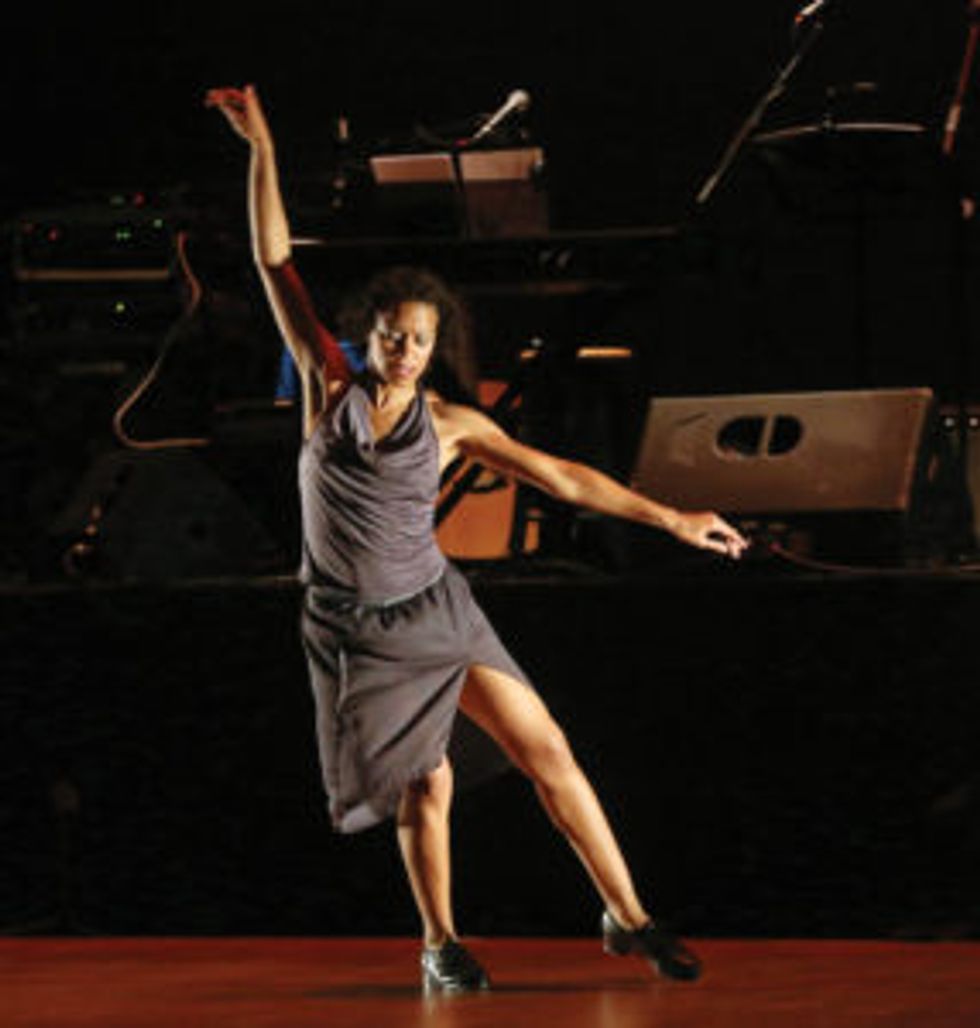
Karida Griffith. Photo Courtesy Dorrance Dance.
Lacking Stamina
Karida Griffith, Dorrance Dance
“When I’m entering the last stretch of a 50-minute second act, I’ve got to make sure I’m not dropping any sounds, or other aesthetic performance qualities,” says tap dancer Karida Griffith. She credits Jason Samuels Smith—a real drillmaster, she says—with boosting her endurance through long runs of cramp rolls. “I can remember hearing Jason yell, ‘Toe, toe! Toe, toe!’ to emphasize the timing, and I was just willing myself not to drop my heels too soon,” she says. “You see how many you can do consistently, and at what pace, before you lose a sound or start rushing, then build up from there.”
Ask the teacher: Taylor understands dancers wanting to run a piece until it’s perfect, but warns that it won’t necessarily increase your overall stamina. “Rehearsal is great for building endurance within one piece, but it’s probably not enough to support everything you could be asked to do by a choreographer.”
Ask the PT: Cross-training by swimming, biking or performing any other activity that ups your heart rate, at least three times a week for 20 minutes, will increase your aerobic capacity. Karim also points out that the more stable your center, the more support your extremities have. A strong core will give you the freedom to move quickly and efficiently throughout a long piece.

Melanie Moore (center) in Fiddler on the Roof. Photo by Joan Marcus, Courtesy Fiddler.
Weak, Hyperextended Legs
Melanie Moore, Fiddler on the Roof
Flexibility is something that many dancers strive for, but Melanie Moore has worked hard to rein hers in. “I was blessed with beautiful lines, but if I don’t think about rotating from the hips or elongating the leg, rather than whacking it up, I’m not in control,” she says. “I never realized I was faking rotation with hyperextension.” Ballet class was the best training ground for undoing her bad habits, but she says they still creep back in if she’s not mindful.
Ask the teacher: “Your mantra has to be: ‘Just because I can, doesn’t mean I should,’ ” says Taylor. Develop an awareness of whether your weight is forward, on an engaged and rotated standing leg, or just relaxing back into the knee joint.
Ask the PT: Karim warns against sitting in static stretches, which will only weaken already-lengthened muscles. Instead, try dynamic stretches like walking lunges or a flowing yoga sequence. If you have access to one, do développés on a vibration plate (a vibrating platform that looks like a step-on scale, available at some gyms). “The unstable surface will actually increase the efficiency of the muscles you need to support your extensions,” says Karim.
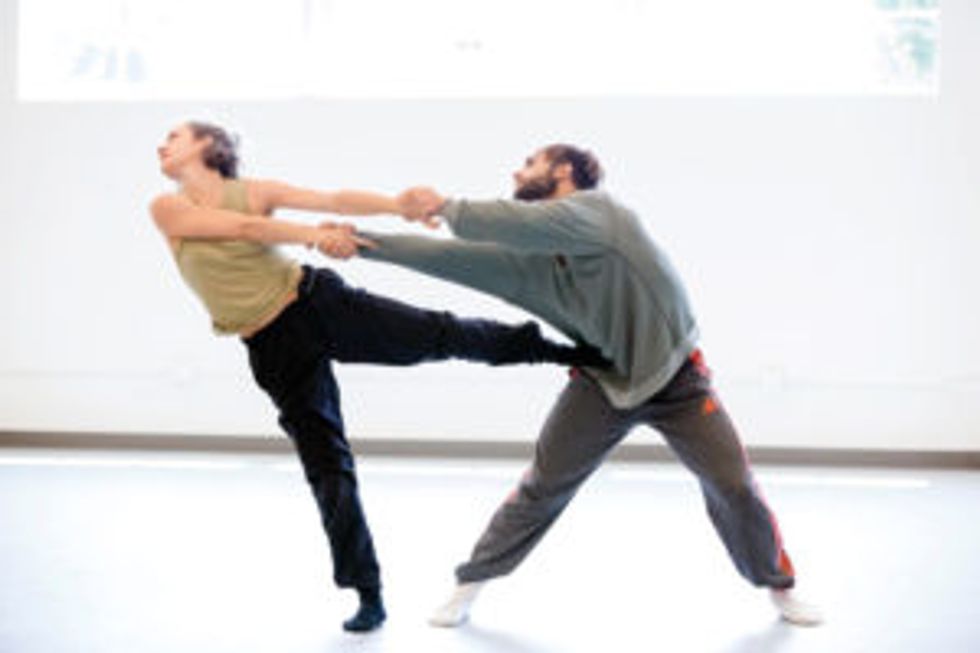
Andrea Parson channels the energy of her partner, Franco Nieto, to keep calm. Photo by Blaine Truitt Covert, Courtesy NWDP.
Nervous Energy
Andrea Parson, Northwest Dance Project
Andrea Parson has long struggled with anxiety before rehearsals and performances. “It can be difficult to psych myself down, especially on tour, but even in class,” she says. “If I’m too pumped, my energy takes me all over the place.” Before dancing, Parson focuses on her breathing: She pictures sending breath down her spine to her tailbone, softening her muscles as she exhales. While moving, it helps her to tune in to all the sensations, such as the floor beneath her, the temperature of the room or the stability of her partner. “I feel my shoulders drop, my upper chest releases, and I have more power to move from a calm, relaxed place.”
Ask the teacher: Before performances or auditions, Taylor suggests doing a full barre. “Your mind certainly won’t be there for you if your body’s not ready for it.”
Ask the PT: Karim suggests this calming exercise: Lie on your back with your legs in the air, and knees bent at a 90-degree angle. “Put your arms out to the side and just breathe. Your diaphragm will drop slightly, settling your nervous system. It’s like a baby crying it out on his back, with his legs in the air.” Crawling on your stomach and rolling or bouncing on a stability ball can have the same effect—the oscillation calms tension.
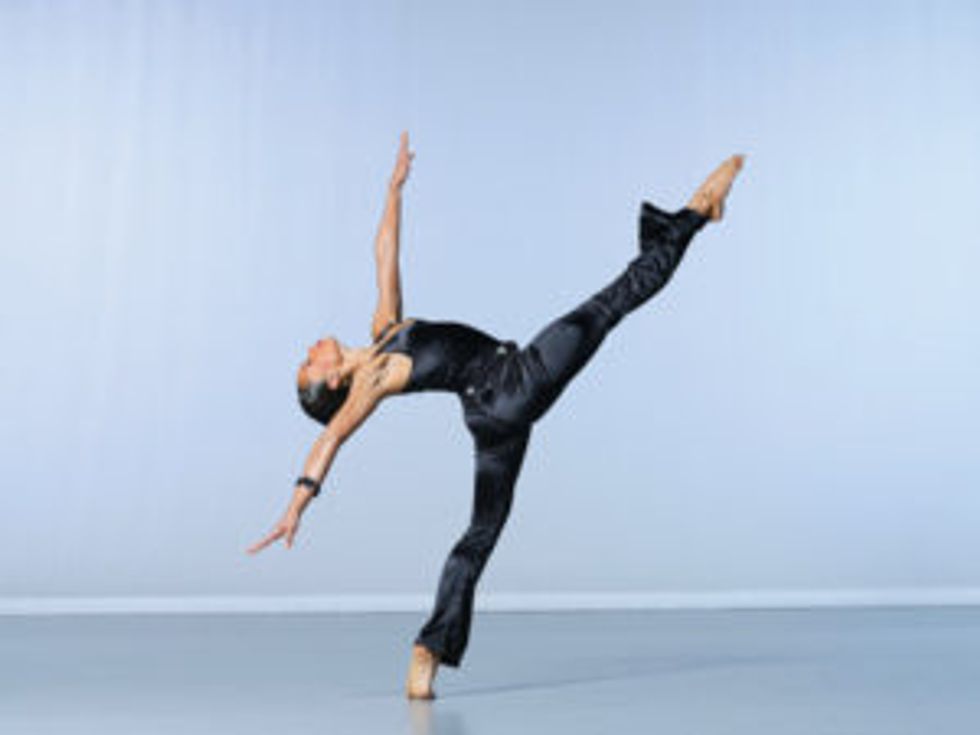
Linda Celeste Sims. Photo by Lois Greenfield, Courtesy AAADT.
Out-of-Control Arms
Linda Celeste Sims, Alvin Ailey American Dance Theater
With very long arms, one of the most challenging things Linda Celeste Sims has had to work on is her port de bras. “People say not to look in the mirror, but I rely heavily on it to check the lines of my arms and that I’m getting them to the right position at the right time,” she says. She concentrates on lifting her arms from her center and making sure they are connected from her back down through her fingertips. “One thing that has really helped is Gyrotonic—the resistance and strengthening helps me feel the connection between my arms and back. I keep up that strengthening when I’m on the road by doing 15 slow push-ups, making sure my shoulders are down, at least every other day. And I never skip my 20-minute floor-barre warm-up—that’s home base,” Sims says.
Ask the teacher: The full coordination of your arms with your body is key. “Never mark your arms, even in a crowded classroom,” says Taylor. “If there isn’t space to do the arms the combination calls for, hold them in first or fifth en bas. Those are the pictures your body should know, not the collapsed position of marked arms.”
Ask the PT: Use the mirror to take stock of the musculature support it takes to both move and hold the arms. Then close your eyes briefly, hold the position, and then open them to check your line in the mirror. Karim adds that dancers who have difficulty maintaining their port de bras often need to strengthen their arms and core. Another possible issue: You might need a good stretch. “Tight lats can actually pull your arms out of position,” says Karim.
Kristyn Brady is a Vermont-based freelance writer with a BA in dance from Muhlenberg College.
